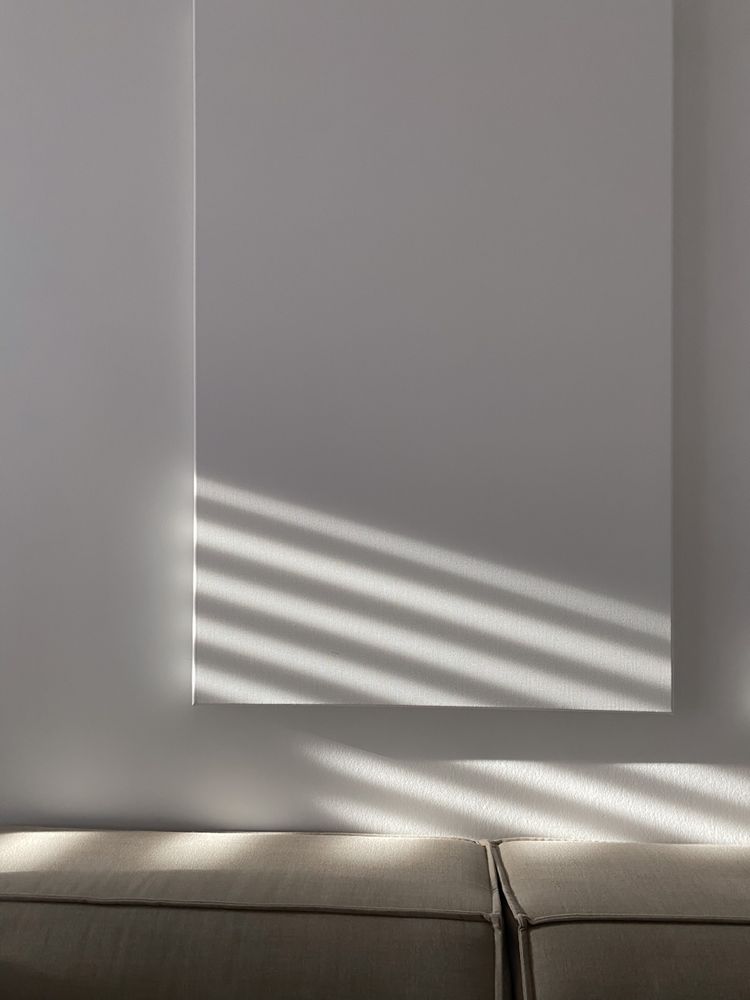




Anonymous in the Cloud Event
This event was designed to create a space where participants with different opinions could talk freely about the subject of photographing behaviour in museums to refine the gallery spaces.
I gathered Stakeholders for the event from posts on various public social media platforms, excluding people I knew or friends around. There were many photos of people taking pictures of the artworks in the gallery, and some just documented their experiences of the exhibition. Based on their posts, it was able to deduce their different viewing habits. By asking them to participate in the ‘Anonymous in the Cloud’ campaign, I eventually approached a few people who were on the opposite side of the visiting attitude and didn’t know each other.
There were two people who like to go to the exhibition but don’t usually take photos and two people who usually go to exhibitions for the purpose of taking photographs. In order to be unbiased and to make it more effective for people to tell their true feelings, I chose not to reveal their respective positions, i.e. those who do not like to take photos do not know that there are two people who like to take photos in museums.
To start the discussion, I have collected a large amount of pictures of people taking photos with the artworks in the museums. Firstly I showed them a picture which gathered different people posing with artworks in different exhibitions and asked them how they felt about it. Then I showed them the other picture with a similar situation but in the same exhibition and asked them what they thought of it and had an open discussion after that.
In the end, I asked participants who don’t normally take photos in the museums to say one thing to others who might have the opposite opinion and asked those who liked to take photographs what they thought after hearing different views, and what changes they would make to their behaviour in the future.
Feedback and new knowledge I gained
When looking at the first set of photos there didn’t seem to be any strong feelings, but it was clear that there were opposing views on both sides, with those who didn’t like taking photos while looking at the exhibition finding them vulgar, a bit annoying etc… Those who normally taking photos said they saw this kind of pictures all the time and thought they were normal.
However, when they saw the second set of photos – many different people taking photos of the same scene – they all agreed that it felt like the exhibition had turned into a photo studio so that they can’t feel the artistic atmosphere of the exhibition… and so on. It can be observed that when these acts are scattered around the world in museums, they do not attract much attention, but when they happen repeatedly in one place, people start to notice it, some find it strange, and some start to wonder whether it is an exhibition or a photo studio.
The discussion also revealed that people who love taking photos with artworks in museums have a strong tendency to follow the footsteps of other influencers and through photographs to operate their identity to create social recognition. There is a participant mentioned that she just thought this kind of picture looked good because everyone around and bloggers also doing it, while others thought that taking these photos was a way to show their lifestyle and some even said that it would be a waste of money if they didn’t take photos. This echoes the previous survey, in that there are many different reasons for taking photos with the exhibits, but the motivation and reasons are always based on social needs and getting more positive feedback from the photos of the art museums.
Moreover, prior to this event, they never realized that this would cause problems for other visitors, or that it would even be a problem, it was all so natural and normal. However, after discussing with people from different standpoints and seeing a photo with visual impact, one of the participants said that even if she wanted to take a photo in the future, she would be careful not to disturb other people and finish it quickly. Another participant said that after hearing the different stances, she would not want to take photos with the exhibits anymore and would only want to take photos for the record if needed. Also, those who felt disturbed by the photo-taking behaviour at the exhibition said they were more able to understand and tolerate it after hearing the different positions.
